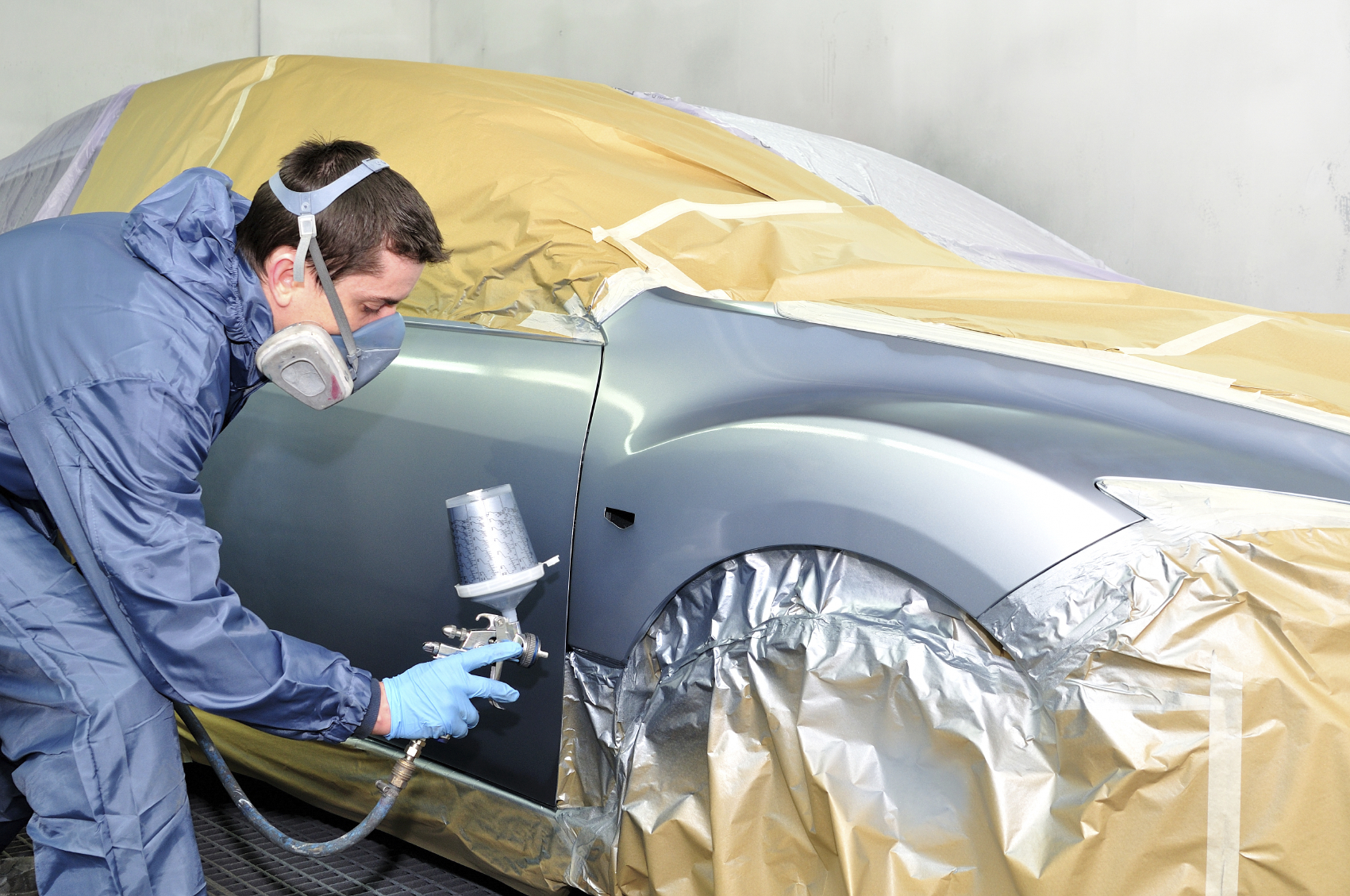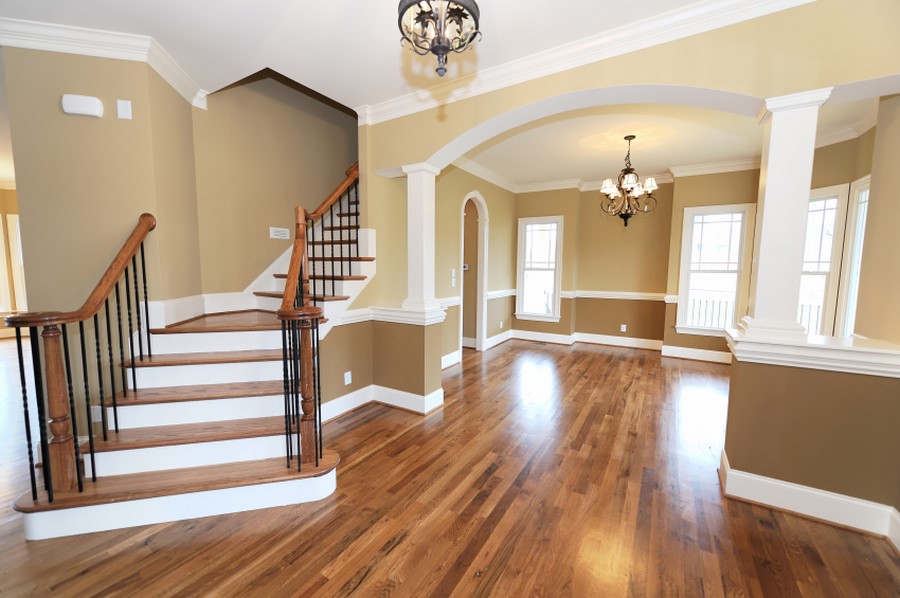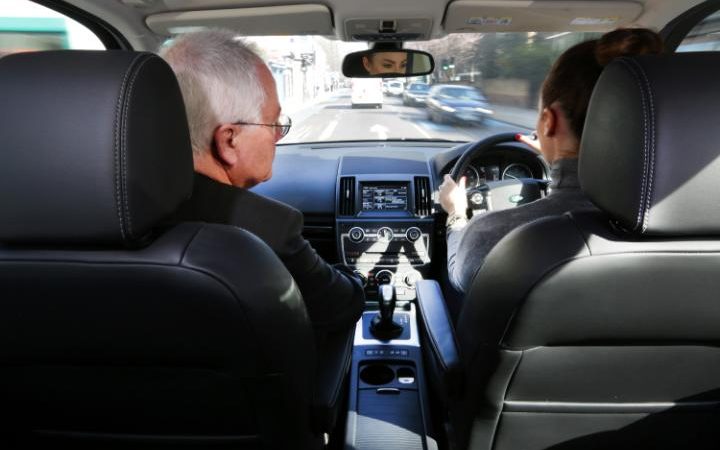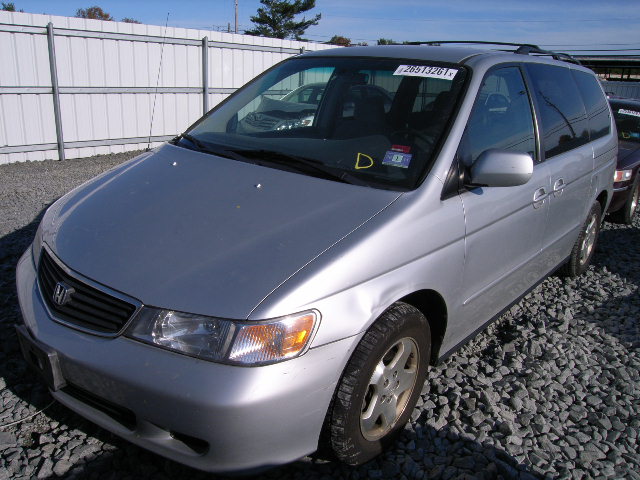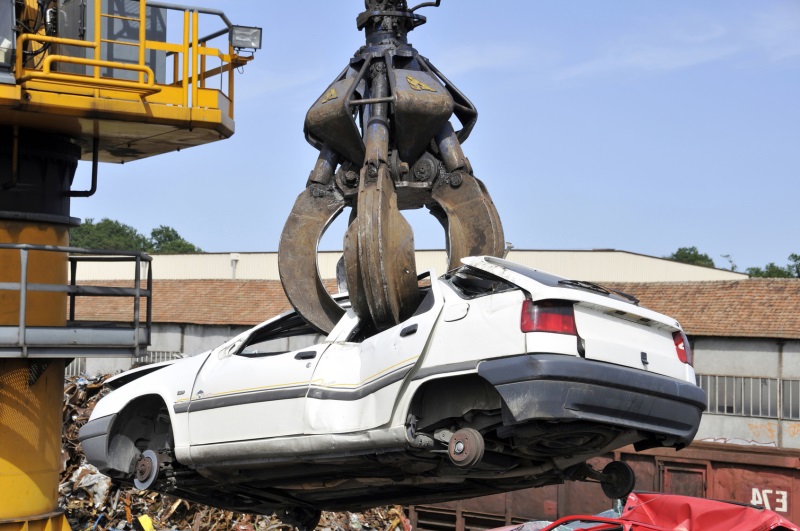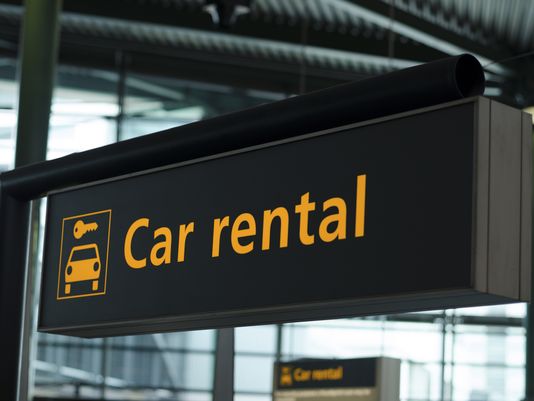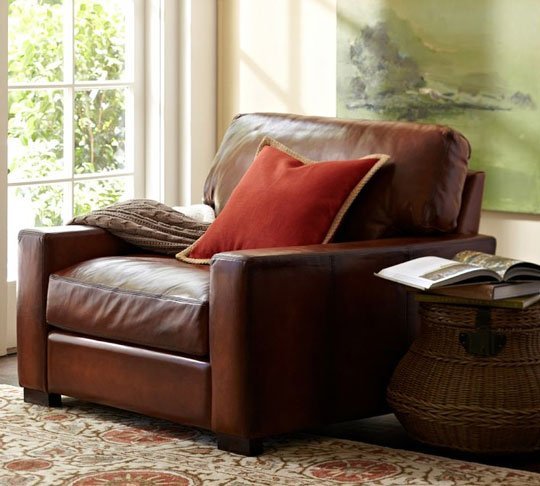Car painting is a process every savvy car owner should try to understand. When your car’s body looks like it has dingy or faded car paint, or when you feel like it’s time for a change of color, a good car paint job will do the trick.
Car painting requires several steps of preparation and good organization. It can be a time-consuming process because every crevice and corner has to be evenly painted on. In fact, paint and bodywork jobs are often considered an art due to its attention to detail and style.
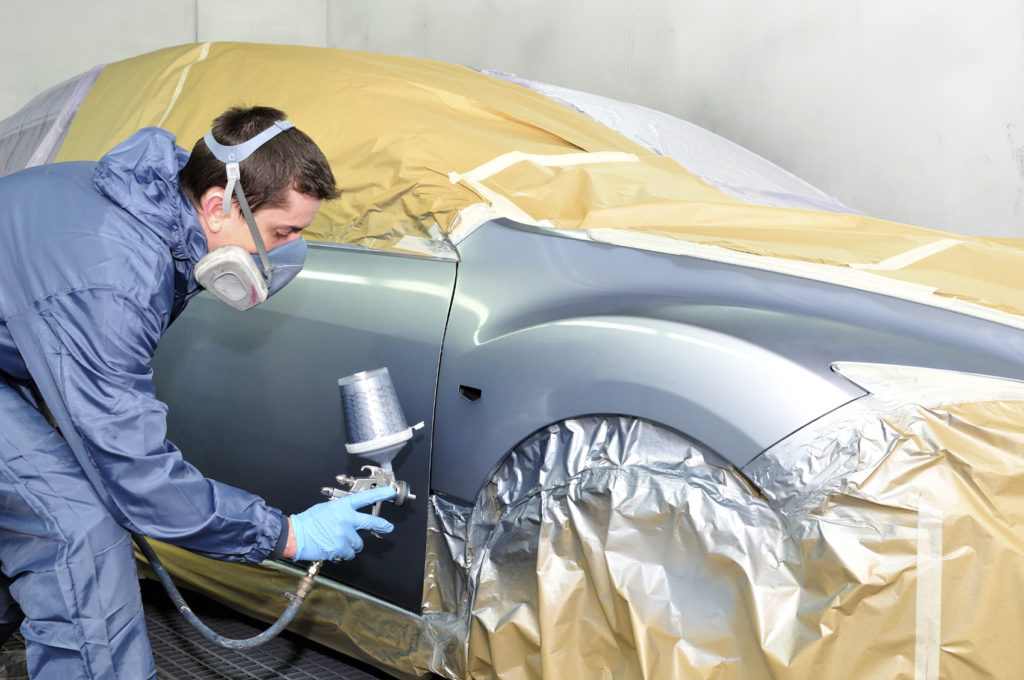
The Car Painting Process
Many people think that car painting involves only one or two steps. However, the car painting process involves several distinct steps.
Preparation
Preparation of materials is the first step to the car painting process. Body paint is not the only material required. You also need wet-and-dry sandpaper, sander, masking tape, air compressor and spray gun, buffer, paint thinners and other paint materials.
The sandpaper and sander are used to smooth the surface. The masking tape is used to cover places that don’t need to be painted on. And when it comes to choosing paint to correct any fade, the paint for the new paint job should have the same color code as the current paint.
Another step included in preparation is car washing. Car washing is done to remove any dirt, grease, or road grime from the surface. Rust, too, should be completely removed from the car. Removing the rust might require removing the entire panel, but the durability of the new rustless panel is worth it. Straightening the panel and any dents is also important.
Stripping
After preparation, stripping of the current paint is done. The original color will be removed until the entire car is stripped down to bare metal with a smooth finish. Stripping is done by sanding the surface. Rag and thinners are used to remove dust from the surface.Priming
Primer is applied to the car. This step is important as a quality primer protects the underlying metal body. Primer seals the car from the paint above, so that there’s a smooth surface the paint can bond to.
Masking
Masking tape, newspaper or plastic sheeting is used to cover areas that shouldn’t get painted on. This includes windows and mirrors. Without this step, there will be unsightly overlaps in color.
Painting
Finally, the car is painted. Three to four coats can be applied using the recommended drying time in between each coat. The masking is removed while the clear coat is wet. And then the clear coat is allowed to set for the recommended time. Afterwards any imperfections are sanded away and resprayed on.
Do you think you need to have your car painted? Are you interested in knowing more about car painting services? Contact an auto repair or collision shop today!
Written by Marc Laferierre, owner of Dents Unlimited. Dents Unlimited is the go to auto shop for collision repair in Columbia, MO.
